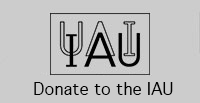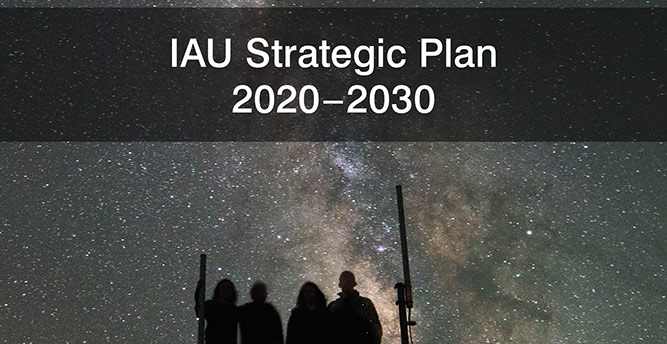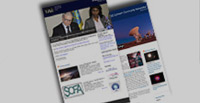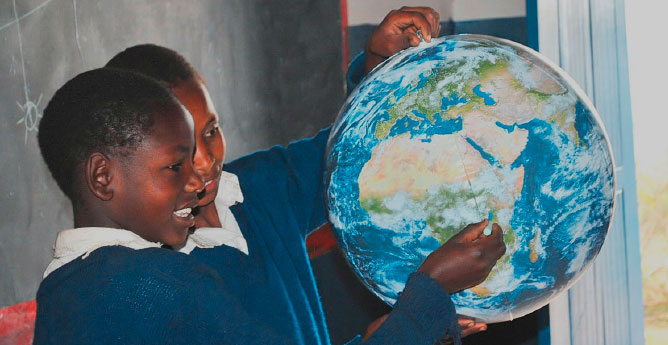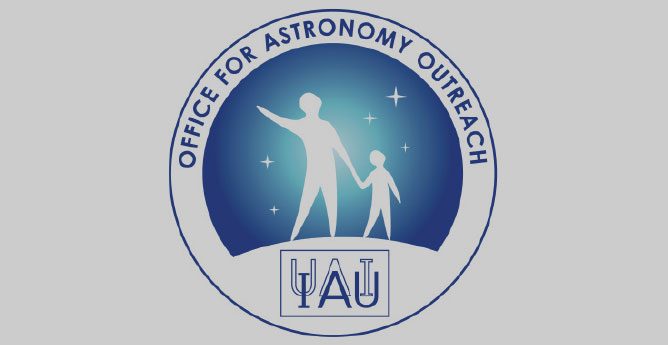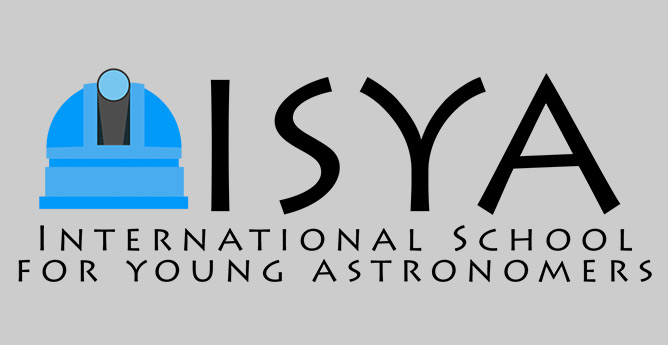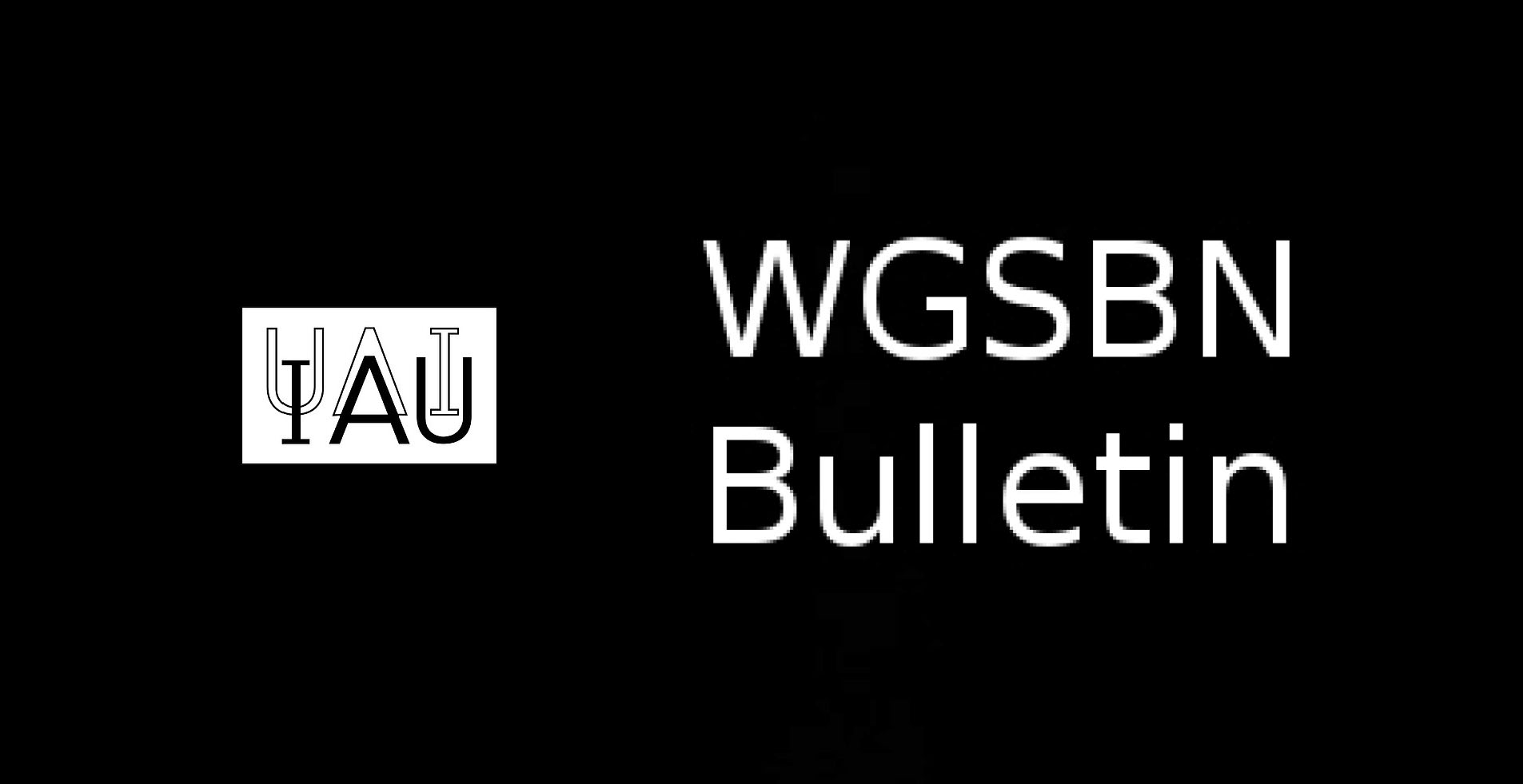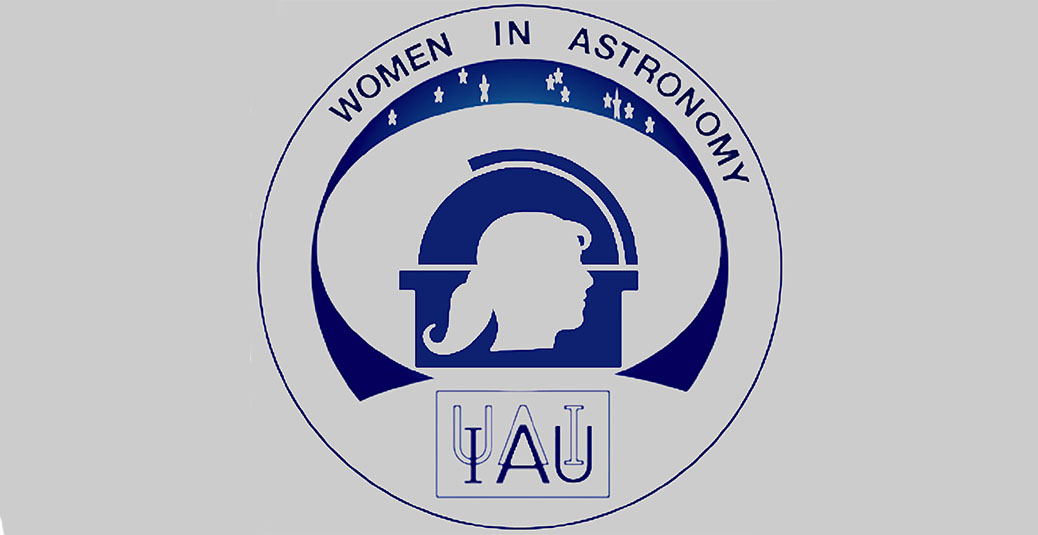- News
- Science
- Scientific Bodies
- Divisions
- Commissions
- Commission A1 Structure
- Commission A2 Structure
- Commission A3 Structure
- Commission A4 Structure
- Commission B1 Structure
- Commission B2 Structure
- Commission B3 Structure
- Commission B4 Structure
- Commission B5 Structure
- Commission B6 Structure
- Commission B7 Structure
- Commission C1 Structure
- Commission C2 Structure
- Commission C3 Structure
- Commission C4 Structure
- Commission C5 Structure
- Commission D1 Structure
- Commission E1 Structure
- Commission E2 Structure
- Commission E3 Structure
- Commission E4 Structure
- Commission F1 Structure
- Commission F2 Structure
- Commission F3 Structure
- Commission F4 Structure
- Commission G1 Structure
- Commission G2 Structure
- Commission G3 Structure
- Commission G4 Structure
- Commission G5 Structure
- Commission H1 Structure
- Commission H2 Structure
- Commission H3 Structure
- Commission H4 Structure
- Commission J1 Structure
- Commission J2 Structure
- Commission J3 Structure
- Commission X1 Structure
- Commission X2 Structure
- Past Commission Organising Committees
- Working Groups
- Centres
- Scientific Meetings
- Rules & Guidelines
- General Assemblies
- Meeting Proposals
- Future IAU Meetings
- General Assemblies
- EC Meetings
- Officers' Meetings
- Regional Meetings
- Symposia
- Focus Meetings
- Institutional Meetings
- IAU Offices Meetings
- IAU-Sponsored Meetings
- Letters of Intent submitted for 2024
- Letters of Intent submitted for 2023
- Letters of Intent submitted for 2022
- Letters of Intent submitted for 2021
- Letters of Intent submitted for 2020
- Past IAU Meetings
- Templates
- Other Meetings
- Grants & Prizes
- Scientific Bodies
- Publications
- IAU Publications
- IAU Strategic Plan
- Symposia
- WGSBN Bulletins
- Regional Meetings
- Information Bulletins/Catalyst
- E-Newsletters
- Focus Meetings
- Transactions A
- Transactions B
- Related Publications
- GA Newspapers
- CAPjournal
- IAU Books
- Brochures
- IAU Offices
- WG Reports
- Commission Reports
- Division Reports
- Past IAU Publications
- Rules, Guidelines and Instructions for Proceedings
- Publishers
- IAU Publications
- Administration
- About the IAU
- Statutes & Rules
- IAU Policies
- IAU Executive Bodies
- IAU Secretariat
- Resolutions
- Members Administration
- Administrative Dates & Deadlines
- International Organisations Relations
- Donate to the IAU
- Training in Astronomy
- Astronomy for Education
- Astronomy for Development
- Astronomy for the Public
- Office for Astronomy Outreach
- FAQ
- Themes
- Satellite Constellations
- Astronomy in Everyday Life
- How to Report a Discovery
- Careers in Astronomy
- Defining our Place in the Cosmos
- The Constellations
- Light Pollution
- Measuring the Universe
- Near Earth Objects
- How to Participate in Astronomy Research
- Naming of Astronomical Objects
- Naming of Exoplanets
- Buying Star Names
- Naming Stars
- Pluto and the Solar System
- IAU Member Statistics
- Our Moon: the Moon
- Meteors & Meteorites: The IAU Definitions of Meteor Terms
- UNESCO-IAU Portal to the Heritage of Astronomy
- Social Media
- Past Events
- Call for Online Resources
- Astronomy@Home Awards
- Contact
IAU Outreach Newsletter
January 2014
In this newsletter:
- A new IAU International Outreach Coordinator has been selected!
- Communicating Astronomy with the Public Journal (January issue)
- IAU-Office of Astronomy for Development: new projects funded for 2014
- How to Join the Universe Awareness programme?
- An East African regional node for the IAU Office of Astronomy for Development
- The Travelling Telescope Project
- The Chelyabinsk Meteor and asteroid impacts
- IUCAA Workshop on Astronomy of Transients with Small Telescopes
- Report on the 2013 activities from IAU-OAO Spain NOC
- IAU Office of Astronomy for Development newsletter in French & Spanish
- The World At Night (TWAN) updates
- European Planetary Science Congress 2014 (EPSC2014)
- Erice International School of Science Journalism and Communication
- Upcoming events
Please send us your input to info@astro4dev.org for the next newsletter which we will aim to send out on Friday 28th February 2014.
1) A new IAU International Outreach Coordinator has been selected!
Sze-leung Cheung, currently Outreach Officer and Science Instructor of The University of Hong Kong, has been selected as the new IAU International Outreach Coordinator for the IAU Office for Astronomy Outreach (OAO, https://www.iau.org/public/). He is expected to take up his new role at the beginning of April 2014. The IAU OAO is hosted by the National Astronomical Observatory of Japan (NAOJ, www.nao.ac.jp/en/), and based at its headquarters in Mitaka, Tokyo.
2) Communicating Astronomy with the Public Journal (January issue)
The 14th issue of Communicating Astronomy with the Public (the CAPjournal, www.capjournal.org/) is out now! This issue includes articles from Pamela Gay on science communication with Google+, and Edward Gomez on how to engage with celebrities in astronomy outreach through Twitter. In the resources, research and applications section we look at Hertzsprung and Russell, and the legacy of using flow maps to illustrate astronomical data. There is also an article on quantifying the aesthetic appeal of outreach images. Ryan Wyatt writes on how visual language and visualisation can be used to communicate astronomy, and there is a report on the Communicating Astronomy with the Public 2013 conference, which took place in Warsaw, Poland, in October 2013.
More at http://www.eso.org/public/announcements/ann14002/.
3) IAU-Office of Astronomy for Development: new projects funded for 2014
The IAU-OAD 2013 Call for Proposals (http://www.astro4dev.org/aboutiauoad/cfp/) saw an increase in the number of submitted projects in 2012. The three Task Forces reviewed the projects in each of the following areas: Universities and Research, Children and Schools and Public Outreach. 23 projects worldwide will be implemented in 2014. The other recommended projects go onto a wish list which the OAD is working towards raising funds for.
The funded projects for 2014 can be browsed online at http://www.astro4dev.org/funded-projects-2014/.
4) How to Join the Universe Awareness programme?
Join our renowned international programme as a Universe Awareness (UNAWE) National Project Manager and help us use astronomy to inspire underprivileged children, teach them about science and technology and broaden their horizons in social, cultural and geographical ways. By signing up as a UNAWE National Programme Coordinator (NC) in your home country, you will be expected to develop a sustainable Universe Awareness programme in your area.
More information at http://www.unawe.org/getinvolved/join/.
5) An East African regional node for the IAU Office of Astronomy for Development
On January 10th, 2014, in Addis Ababa, the International Astronomical Union (IAU) signed an important agreement with partners in Ethiopia to host an East African regional node of the IAU Office of Astronomy for Development (OAD). This is the first regional node to be established on the African continent and forms part of the IAU’s decadal strategic plan, which aims to realise the global societal benefits of astronomy. The initiative is driven locally by the Ministry of Science and Technology, Ministry of Education, Ethiopian Space Science Society and Addis Ababa University.
Read more at http://www.astro4dev.org/regions/east-african-regional-node/ and in the press at http://allafrica.com/stories/201401150164.html.
6) The Travelling Telescope Project
From Daniel-Chu Owen: Learning about the cosmos from books and the internet is crucial for understanding, but nothing beats the awe of observing celestial objects with your own eyes. The Travelling Telescope project aims to get more people on the planet to experience that “wow” factor. Over the next few months we will be travelling around Kenya (initially) with a professional quality telescope, visiting schools & colleges, rural communities, and any safari lodge or hotel who would like to partner with us. We will also be documenting these adventures on film for a wider audience to engage with. Over time we intend to branch out to establish a route covering every country from Kenya to South Africa.
More information at www.travellingtelescope.co.uk or email chu@travellingtelescope.com.uk.
7) The Chelyabinsk Meteor and asteroid impacts
A popular-level talk on the Chelyabinsk Meteor and asteroid impacts in general, by Dr. David Morrison (SETI Institute and NASA Ames Research Center,) is now available free for educators, students, and the public on YouTube. In February 2013, a rocky projectile entered the Earth's atmosphere traveling at more than 11 miles per second. It was about 65 feet in diameter and its explosion, at an altitude of 14 miles, released energy of about half a megaton, equivalent to a couple dozen Hiroshima-sized atomic bombs. About two minutes later, the shock wave reached the ground in Chelyabinsk, Russia, breaking windows and injuring about 1500 people from flying glass.
The video is available at: http://www.youtube.com/watch?v=Y-e6xyUZLLs and is part of the Silicon Valley Astronomy Lecture Series at Foothil College, near San Francisco.
8) IUCAA Workshop on Astronomy of Transients with Small Telescopes
The workshop (January 31st – February 2nd, 2014, Venue: IUCAA, Pune, India) is aimed at providing an impetus to the Universities & Colleges (amongst IUCAA associates and otherwise) that own "Small telescopes" with good accessories. Some active Amateurs, with similar facilities, are also to be enthused. The proposed workshop will familiarise the participants with the potentials of such small aperture telescopes in very good astronomy. Good projects, that can be done with students & staff in the respective institutions, will be suggested along with a Hands-on Session. Special focus will be given to a follow-up of Transient events discovered by ASTROSAT and various time-domain optical surveys. We are also looking at this as a beginning of an activity over a longer period of time with a lot of involvement from those who attend this workshop.
The registration is closed but the list of selected participants is available at http://www.iucaa.ernet.in/%7Escipop/atwst/participants.html. More information at http://www.iucaa.ernet.in/~scipop/atwst/ or contact: Samir Dhurde (samir@iucaa.ernet.in).
9) Report on the 2013 activities from IAU-OAO Spain NOC
From Juan Antonio Belmonte, IAU-OAO National Outreach Coordinator for Spain: The year 2013 has passed! The Instituto de Astrofísica de Canarias (IAC, www.iac.es) at Tenerife was involved in a long series of outreach activities related to astronomical phenomena. Some were prepared, such as the November 3 partial eclipse or the Jupiter moon triple eclipse but many others were followed. Enjoy them at http://www.elcielodecanarias.com/fenomenos-astronomicos-excepcionales-2013
More on the IAU-OAO NOC network at: https://www.iau.org/public/noc/.
10) IAU Office of Astronomy for Development newsletter in French & Spanish
The IAU Office of Astronomy for Development is making its newsletter available in French and Spanish, thanks to the dedication and work of its many volunteers. You can find the newsletters at http://www.astro4dev.org/contactus/newsletters/. If you wish to help the OAD translate the newsletter in your language, please contact the office at info@astro4dev.org. If you would like to join the volunteers’ list of the OAD and help projects around the world, please register at http://www.astro4dev.org/volunteers/
11) The World At Night (TWAN) updates
The World At Night (TWAN) is an international effort to present stunning nightscape photos and timelapse videos of the world’s landmarks against celestial attractions. The eternally peaceful night sky looks the same above symbols of all nations and regions, attesting to the truly unified nature of Earth as a planet rather than an amalgam of human-designated territories. Babak Tafreshi, founder and director of “The World At Night” (TWAN, http://www.twanight.org/newTWAN/index.asp) has released a new collection of Kenya and Kilimanjaro by night (and some in day). You can browse them at http://www.dreamview.net/dv/new/search.asp?keyword=kenya.
12) European Planetary Science Congress 2014 (EPSC2014)
From Manuel Grande & Maria Teresa Capria (Scientific Organizing Committee Chairs) and Mario Ebel (Copernicus Meetings): The Ninth European Planetary Science Congress (EPSC 2014) will take place at Centro de Congressos do Estoril, Cascais, Portugal, from 07 – 12 September 2014. As with the previous highly successful EPSC meetings, EPSC 2014 provides an attractive platform to exchange and present results, develop new ideas and to network the planetary science community in Europe.To make session or workshop proposals on the conference website before 29 January 2014: http://www.epsc2014.eu.
13) Erice International School of Science Journalism and Communication
Announcement of the 5th Summer Course: June 9 - 14, 2014 "The Digital World: computing, networks and us": The Erice International School of Science Journalism announces 30 fellowships for applicants from European countries and 5 fellowships for applicants from non-European countries to attend the 2014 edition (June 9th to 14th, 2014) focused on "THE DIGITAL WORLD: computing, networks and us". The fellowships are aimed at science journalists, science communicators and students in science journalism and communication. Candidates should send their CV and a motivation letter Follow us on: http://ericescijc.wordpress.com. Like us on Facebook: International School of Scientific Journalism and Communication.
a) IUCAA Workshop on Astronomy of Transients with Small Telescopes
Date: 31 January – 2 February 2014
Location: IUCAA, Pune
More information: http://www.iucaa.ernet.in/~scipop/atwst/
b) UKSEDS National Student Space Conference 2014
Date: 1 – 2 March 2014
Location: University of Leicester, United Kingdom
More information: http://ukseds.org/nssc2014
c) Citizen Science in Astronomy
Date: 3 – 7 March 2014 (Pre-registration deadline: 1st December 2013)
Location: Institute of Astronomy & Astrophysics, Academia Sinica (ASIAA), Taipei, Taiwan
More information: http://events.asiaa.sinica.edu.tw/workshop/20140303/
For more events, please visit the IAU Outreach Events Calendar at: http://iau.org/public/events/
To register your own event, click here: https://www.iau.org/public/events/events-submission/
